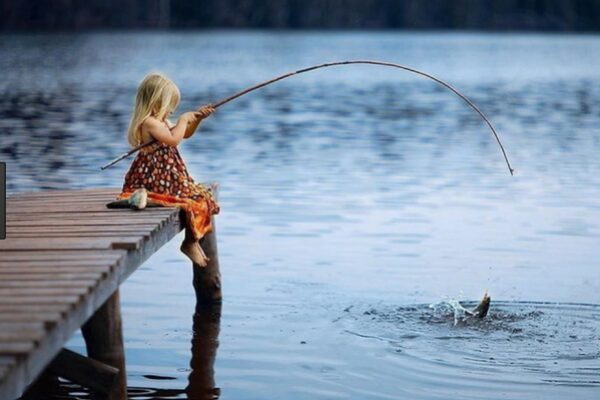by Stephanie Rose Torres, M.A. / in Active, Self Improvement

During this time of the year most people tend to have a renewed sense of drive and motivation.
One might argue that one of the only thing the New Year restores are fantasy-driven resolutions that—more often than not—end in lack of accomplishment. This then elicits feelings like disappointment, guilt, shame, and frustration, just to name a few.
Some people may even question, “How did John/Jane accomplish his/her New Year resolution? How did s/he meet their goal?” Or one’s thoughts may evolve into a more pessimistic perspective, such as, “John/Jane must be lying about that…” (fill in the blank). This frame of mind is most often evident of many failed attempts that have led to the unfortunate loss of hope.
The purpose of this article is to reintroduce hope into accomplishing goals, however big or small. No tips and tricks needed—only tools and determination.
The first tool to keep in mind is purpose. A goal without purpose is like a fishhook without bait. We may have the lake, the fish, and the tool to catch the fish (the fishhook), yet the fish has no reason to latch onto the hook without bait. We must restore reason into our goal-setting. Your purpose serves as the motivation for action. The motivation that comes with the New Year is often temporary; yet purpose provides a longer-lasting incentive to accomplish a goal.
Another helpful tool is to filter goals through the DART Goal[1] method: Is this goal Detailed, Achievable, Realistic, and does it have a Time-Frame (DART)? For example, one of the most commonly stated New Year resolutions is “to lose weight.” This may sound appealing and familiar, but how does this look like using the DART method. Is the goal of “losing weight” Detailed, Achievable, Realistic, and does it have a Time-Frame (DART)? No.
Step by step, the following will explore possible adjustments to the stated goal that can increase the probability of accomplishment.
Detail: “My goal is to lose 20 pounds…”
Achievability: “…by eating 25% less of the portions of my meals…”
Reality: “…and exercising Tuesdays, Thursdays, and Saturdays…”
Time-frame: “…within 5-6 months.”
“My goal is to lose 20 pounds within 5-6 months by eating 25% less of the portions of my meals. I also plan to exercise every Tuesday, Thursday before dinner, and Saturday mornings.” We often create goals without knowing how to accomplish them. The DART method provides the how-to that makes our goals achievable.
Now you try: 1) Analyze the following and identify whether the goal is a DART goal. 2) Make the goal a DART goal, if it isn’t already. 3) Create your own!
- I plan to be a more generous person. Y/N
- I will eat only a salad every Sunday afternoon for the next 3 months. Y/N
- I will make my bed every day before going to work/school. Y/N
- ___________________________________________________________________
So the next time you go fishing, make sure you have the adequate bait for the fish you hope to catch.
[1] “Executive Functions” by Rush NeuroBehavioral Center, 2014.
About the Author: Stephanie Rose Torres, M.A.



